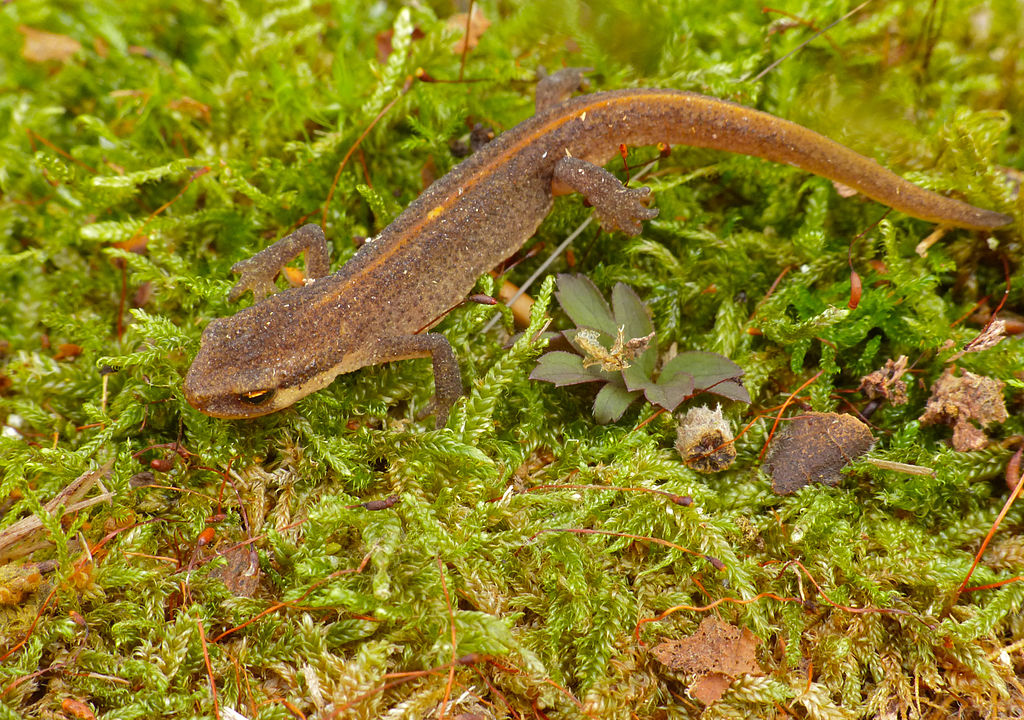Palmate Newt
Found in 3 subspecies, the Palmate Newts are European newts that are quite common in different parts of Europe.However, the population of these amphibians is dwindling in some countries where they have been declared as ‘endangered’ or ‘vulnerable’, and are protected by law.
Scientific Name – Lissotritonhelveticus
Classification – Lissotriton
Gender Names – Male – boar; Female – sow; Baby – eft
Collective Noun – Herd, congress
Length/Size – Up to 9.5 cm
Weight – 1.5 to 2.39g
Life Expectancy – 6 yearsaverage (up to 10 years)
Mating Season – April to May
Special Features – The females are almost a centimeter larger than the males
Geographical Distribution – Western parts of Europe including Netherlands, Luxembourg and Belgium, where the population has gone down to the level of being ‘endangered’, as well as in Poland and Spain, where they are considered as a ‘vulnerable’ species, and in UK
Natural Habitat – Prefer marshy places like canals, ponds, lakes, as well as agricultural land, forests, and pasture
Conservation Status – Least Concern
Diet – Small crustaceans and invertebrates, daphnia, planktons, insect larvae, water snails, tadpoles; display cannibalism at times
Predators – Birds of prey, cats, larger newts and other reptiles including snake

